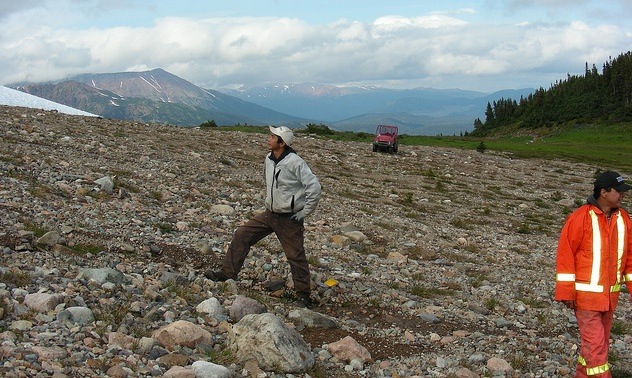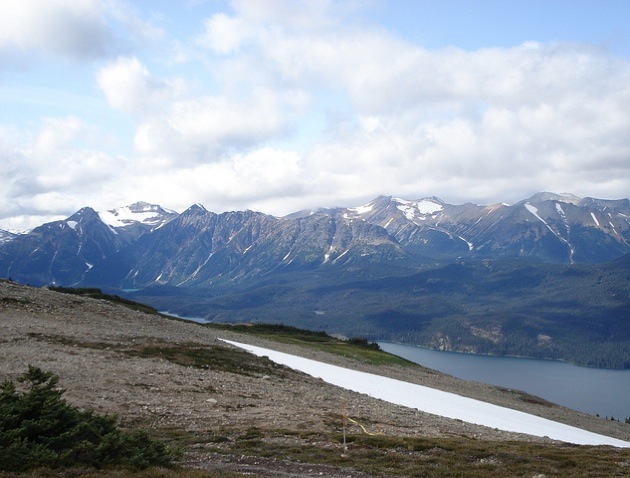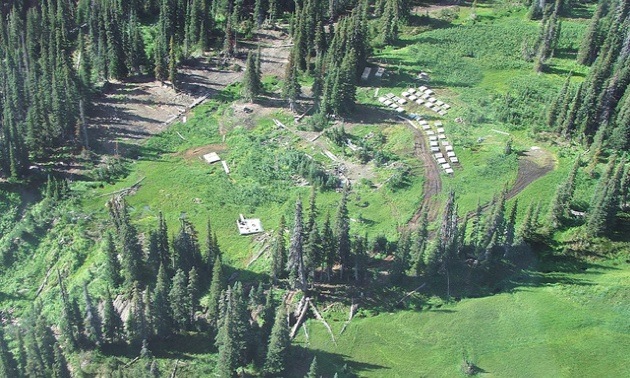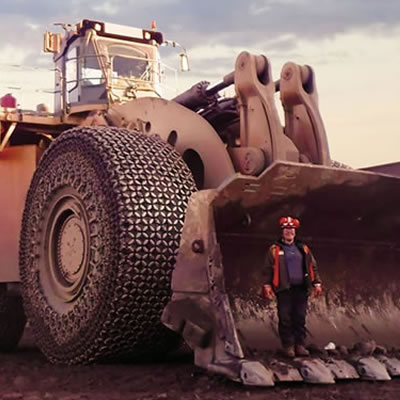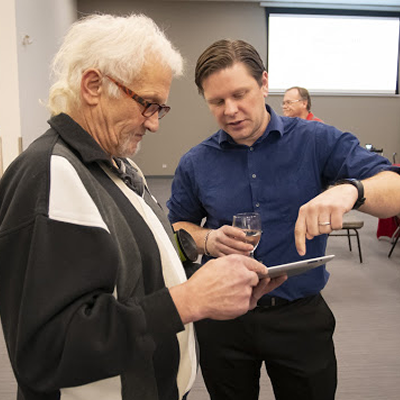Callinex Mines makes headway in a low market
Mining & Exploration spoke with Braden Maccke, with Callinex, to find out what Canadian exploration has in store for 2013.
Callinex Mines Inc. is a Canadian exploration company with viable properties and a strong front in a dicey market. Its mainly VMS properties—Sneath Lake near Snow Lake, Manitoba, and Pine Bay near Flin Flon—are well funded by a dedicated group of shareholders who know the boom and bust of mineral exploration is never permanent.
The company recently completed a diamond drill program at the Gossan Hill property near Cranberry Portage, Manitoba, that consists of 3,679 hectares of mining claims that are the host of a historically producing mine, and a shear zone that hosts gold-bearing mineralization.
Mining & Exploration caught up with Braden Maccke, investor relations for Callinex, to find out what Canadian exploration has in store for 2013.
What is the climate of exploration in 2013?
It’s bleak right now. My experience is just 10 years, but I’ve never seen it quite like this. But that’s the nature of the mineral cycle—it’s boom and bust and mining equity is anyone’s. This is different for small companies, because if mid/majors are not doing well, then the smaller companies are feeling it worse because they are further along the risk spectrum and investors want less risk.
Does Callinex fall into that category?
We are fortunate to have dedicated shareholders that believe in the team, so we are able to finance and continue. There is a lot more pressure to get more out of the money spent, because people are counting pennies and disallowing waste. We are frugal and pragmatic about how we budget, which is important when the markets aren’t well and it’s hard to raise money. Luckily, a lot of people invested in junior mining see it as having value and a place to get positioned in companies trading at attractive valuations. Obviously, we have yet to see a rush towards junior equities that really propels these things, but it’s the nature of the business.
What is the biggest challenge mineral exploration is facing?
There’s just less investor interest. Metals prices are getting a fat smack in the mouth these past few months, which is the way any market works. There’s a stampede towards the prize, then it blows its top and there’s a retraction. We are just in a period of retraction. No one knows how long it will last, but it won’t be forever.
Some say there are simply fewer discoveries to be made. What are your thoughts?
It depends on how far back you’re going. If you dial the clock back 100 years, there were major deposits close to urban centres and big camps could spring up that were easy to get to. As humans expanded from centres and found and exploited deposits, they’ve had to go farther out.
In rural developments it’s more difficult and expensive to explore; people fly out and make big holes and end up with nothing all the time. It’s always been high risk and it always will be. This drives up the exploration costs. Making a successful discovery takes a lot of luck and perseverance.
There’s still plenty of metal, but you have to get more creative about finding it. And there’s a big, complicated mathematical equation going on with shifting variables—number 1 being the price of metals. Shifting into that is rate of production—and into that is the rate of development, which goes back to metals prices. If people get halfway through development and the price goes down, there’s a problem.
Our spot is at the leading edge of discovery, which is the riskiest phase. This is the phase fundable often when prices are high and investors are interested in risk. Currently, there is less interest. It’s an environment where you have to plug away and continue to live to fight another day to exist until such a time as investors are excited about minerals.
What are the positives? What are you excited about?
The excitement is that you’ll always make another discovery. We have all kinds of ground that is discovery-ready; as long as you apply correctly and catch some luck, we can make those discoveries too. And that excitement just goes further if the market is hot.
As a market observer, I can see some companies folding and that can be exciting. When the market is cluttered, there’s too much out there. Once the sector is consolidated there’s a clearer picture.
Does Callinex have a place in the brighter picture?
Absolutely. We are in position to be able to finance, and many companies aren’t. We have $3 million in the bank and are trading around cash value, and we own our properties free and clear. We can sit back and spend at our own pace.
Are there any new technologies or methods that are impacting Canadian exploration in 2013?
Airborne geophysical surveys have allowed for more exploration to take place, especially in rural areas, and downhole geophysics are getting better—also the latest in computer technology. We used to do everything on paper in plan view—with a 3-D model of exploration you can target the deposits better. There are also all kinds of technology that allow us to explore deposits that don’t necessarily lead to a discovery but that allow us to do the job more efficiently.
Where is the company headed in the future?
Up! We are interested in classic metal exploration and new material exploration—we are investigating material revolutions coming up. We are constantly looking at ways to stay relevant, even in a contracting market. We are a well-run, forward-thinking company that is always thinking of shareholders, and our prime goal is to bring value to the shareholders in any market.

